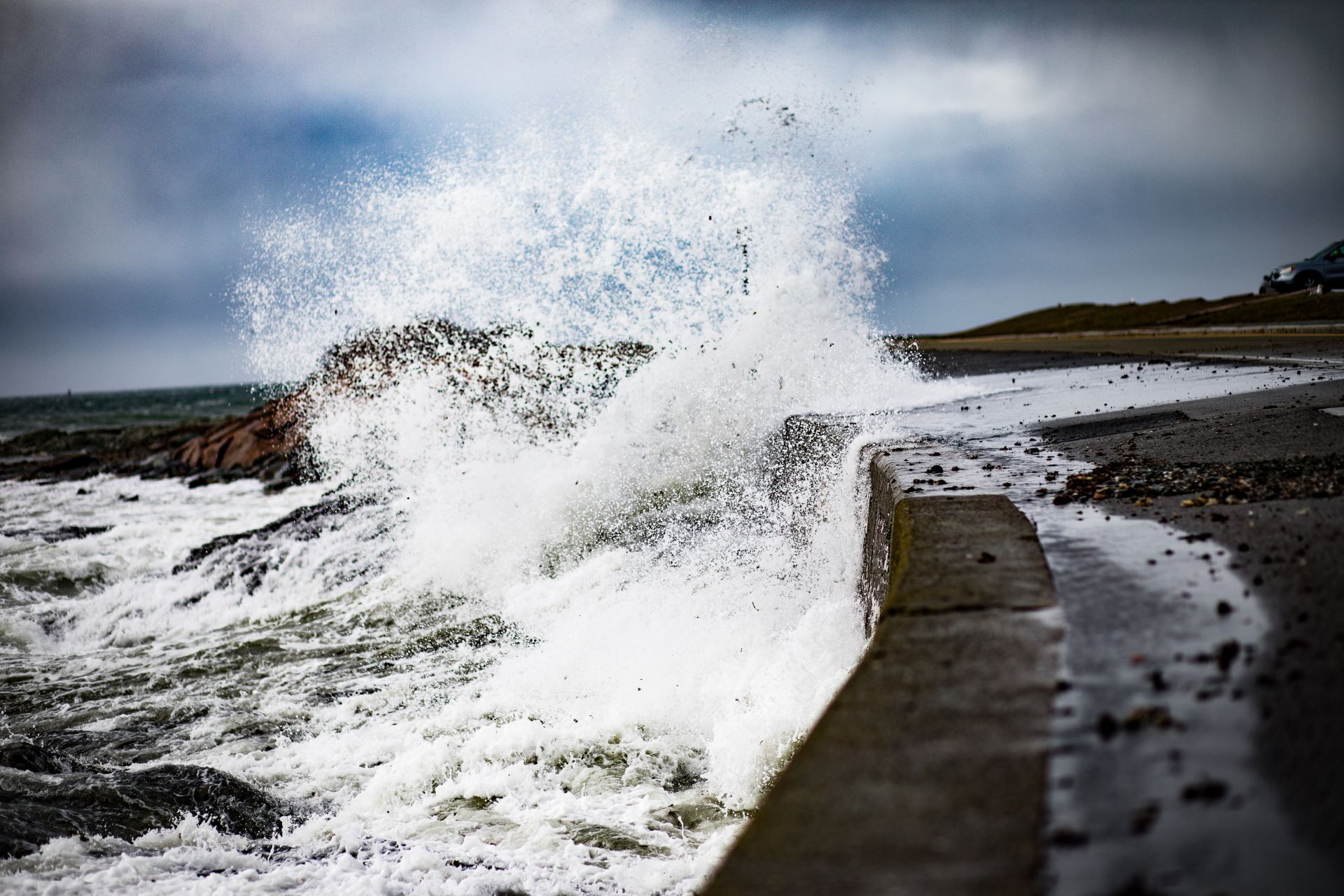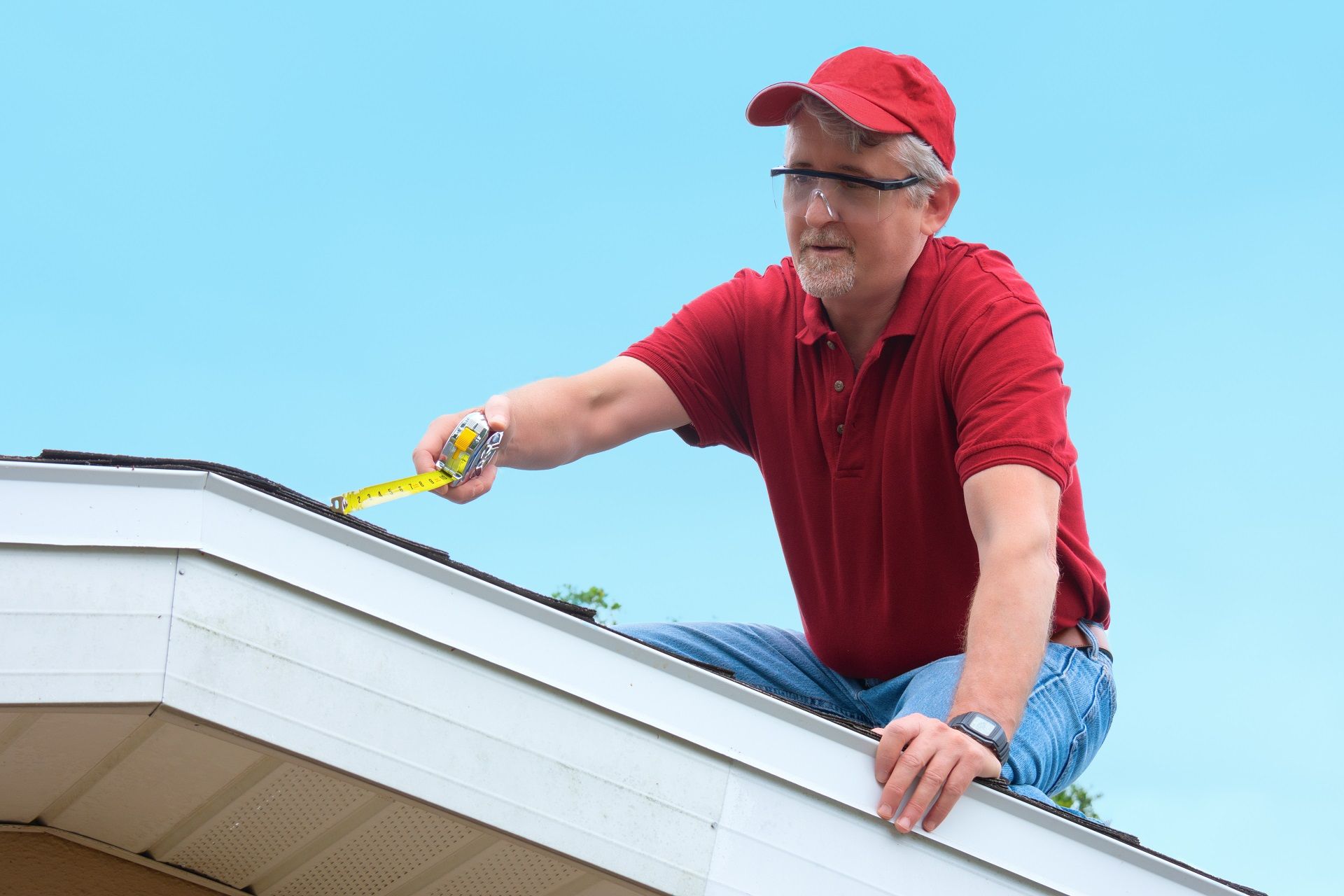What Is Rake On A Roof?
Rake of a Roof
Most people never stop to consider the state of their roof, despite its importance to their home. Knowing it’s in good condition is enough for most homeowners.
To make sure it stays that way, a roof needs to be periodically inspected and maintained. This matters most for certain parts of the structure, such as a rake. Since it’s exposed to the elements, it’s under a lot of stress and can often develop leaks.
To avoid this happenning, you need to know what is rake on a roof, as well as which steps to take to preserve it properly and steer clear of potential problems.
Roof Rakes Explained
If you’re wondering what is rake on a roof is, the explanation is simple. It’s the portion of your roof that extends beyond the exterior wall at the so-called gable end of the roof (the part from the ridge to the eave). The rake extends past the exterior wall where it provides more protection than it would if it stopped at the edge. In other words, this feature stops potential leaks.
Its functionality aside, the rake often has an aesthetic purpose too.
The shape of the rook rake (more precisely, the slope) will depend on the climate of the home and the
environmental condition.
For example, in colder, snow-prone climates, the roof rake will have a higher pitch as it allows snow to slide off easily. On the other hand, in dry areas with low amounts of rainfall and snow, it’s common to build roofs with shallower slopes.
A rake can be constructed out of plenty of materials, so there are no rules here. Common materials include cedar, smart board, pine, PVC, and even concrete. It all depends on the fascia and the style of the trim.
For instance, some rake boards will be wrapped in metal to match the aesthetics of the metal roof.
Is A Roof Rake The Same As A Roof Eave?
Now that you know what is rake on a roof, you’re probably wondering if it’s the same thing as a roof eave. This is a common misconception. Since both parts are an extension of the roof that goes past the exterior wall, they are found in different places.
The eave extends the rafters portion and overhangs the exterior wall, while the rake is the extension at the gable part. Put differently, the roof rake is on the gable side while the eave is on the sloping side of the roof.
Types Of Roof Rakes
While they all serve the same purpose, roof rakes come in different forms. Typically, roof rakes can be:
- Exposed
- Boxed in
With the exposed roof rakes, the exposed portion will match the eave. So if the roof rafter stretches way past the exterior walls, the rake part will match it.
The biggest advantage of an exposed roof rake is that it makes the roof lightweight. This means it can extend further past the gable and serve a great aesthetic purpose with proper support. The best example of this is craftsman homes.
There is a downside to this, though. Because it’s so exposed, this type of roof is more prone to damage from the elements.
With a boxed-in (or enclosed) rake, you have an extra layer of protection against outside weather conditions. This type of rake is commonly seen in homes that have a hip roof and is quite easy to integrate into most common architectural styles.
It also has an additional benefit: fire protection. This makes enclosed roof rakes the prime choice of homeowners in fire-prone climates.
Common Issues With Roof Rakes
Roofs can last a long time, but only if they are adequately maintained. If not, it’s common for roof rakes to develop serious structural problems that could end up causing further damage to the roof structure.
For instance, moisture can be very damaging. While roof rakes help keep the water from penetrating the walls when improperly sealed, boxed-in roof rakes may cause an alarming moisture buildup. Over time, the rake supports may simply fail due to moisture damage.
Since roof rakes are exposed to the elements, and in some climates like Florida, bombarded by heavy rainfall, they can simply start rotting or deteriorating. This may eventually cause them to start warping and damaging the structural integrity of the roof. It’s typical for the rake boards to start sagging when this happens.
Additionally, if a rake is not completely intact, animals and insects might find entry into your home which can cause significant pest damage.
Disclaimer: If you’re wondering whether you should check the state of your roof rake, we advise you not to do it yourself. Even though roof eaves are heavily supported, roof rakes are incredibly flimsy since they are held in place by small outriggers.
How Can An Inspection Help You?
So, you know what is rake on a roof and that you need to ensure it’s in good condition, but you should inspect it yourself? What is the solution?
Well, to be able to take preventative measures and do regular maintenance, you need someone who can provide you with insight into the current state of affairs, so to speak.
This is why we recommend getting a roof inspection. That way, you can detect any problems before they escalate, allowing you to take the necessary measures before your roof falls into disrepair.
In fact, roof inspectors can help you discover damage that might not be possible to see with the naked eye, thus helping you avoid a hidden disaster.
Protect Your Roof With Certified Inspectors
While it’s on you to periodically clear the leaves or debris out of your roof rake, it’s as much as you can do. Sometimes, things are out of our control and damage might occur without you noticing.
Since your roof keeps your home cozy and safe, you should never leave anything to chance. With a yearly
roof inspection, you can pretty much see to it that your home stays safe, even in the roughest of weather conditions.
To get things moving, reach out to
Certified Inspectors. We’ve done so many roof inspections over the years, we can do them blind at this point. If you’re looking for experience, we’ve got plenty of it.
Schedule an inspection by calling
+1 561-570-6311 or
filling out our contact form and we’ll be on our way to give those old rakes a checkup.
Share the post:
Recent Posts

What is the Difference Between a Residential Seawall Inspection and a Commercial Seawall Inspection?
Get A Free Quote
Contact Page Contact Form
We will get back to you as soon as possible.
Please try again later.
Reviews
Contact Us
Footer Contact Form
We will get back to you as soon as possible.
Please try again later.
We accept Visa, Master Card, American Express, Zelle, Paypal, Cash or Check as well.
Call: 561-570-6311
All Rights Reserved.
This website is managed by Oamii.





